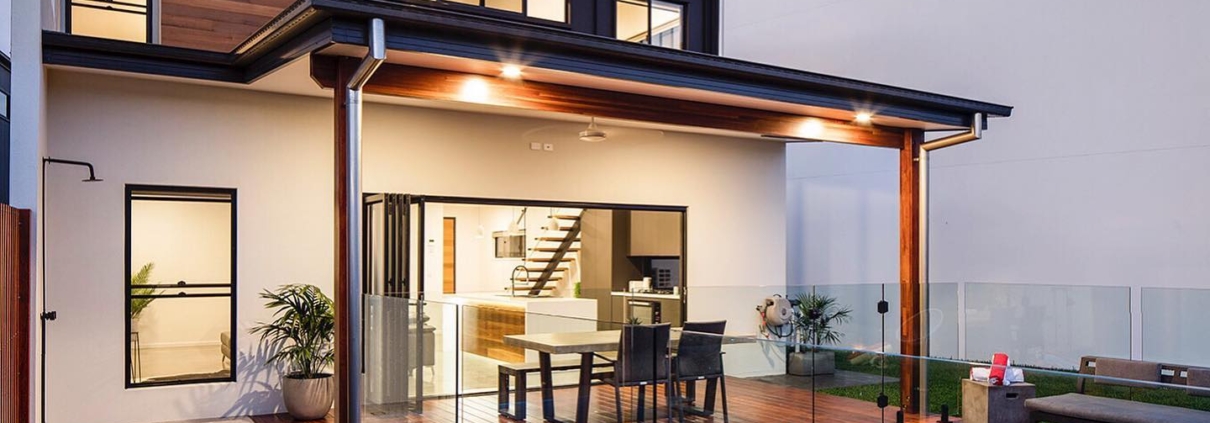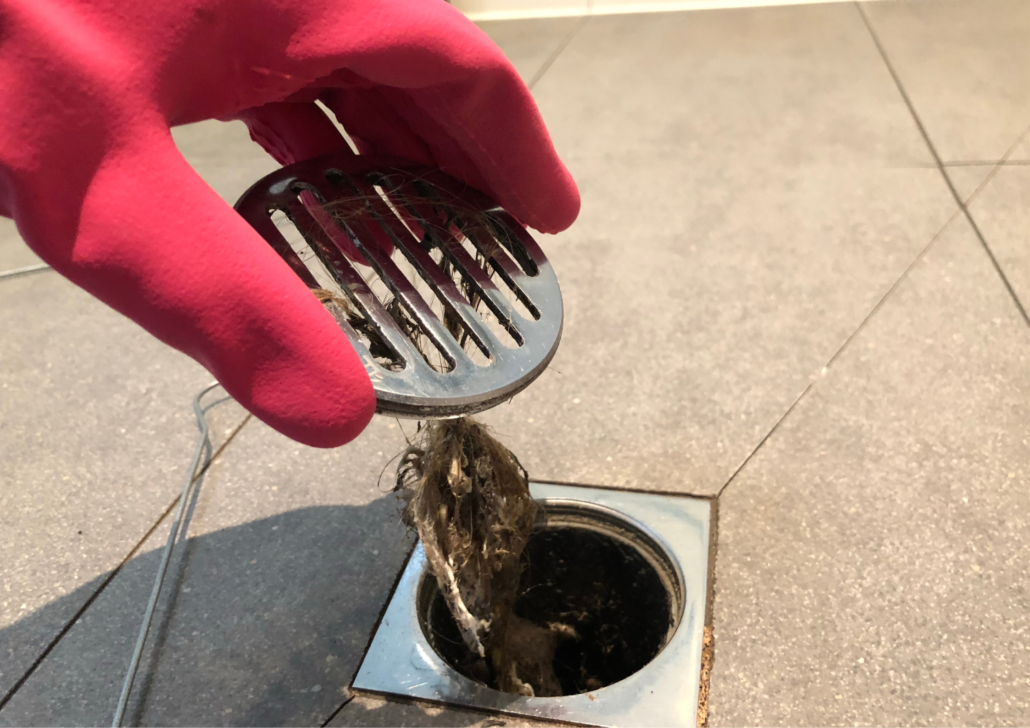Plumbing issues can strike any residential property, and they often seem to appear at the most inconvenient times. From leaky taps to clogged drains, these problems can disrupt daily life and cause frustration. In this article, we will explore the common plumbing issues that households in Australia might encounter, providing insight into the causes, prevention, and potential solutions for each problem. By understanding these issues, you can be better prepared to address them when they arise, potentially saving you time and money.
What Causes Leaky Taps?
Leaky Taps are a nuisance that can lead to wasted water and higher utility bills.
Common Causes:
Worn-out washers: Over time, the rubber or silicone washers in your tap can deteriorate, causing leaks.
Corroded valve seat: Sediment build up can cause corrosion in the valve seat, leading to leaks.
High water pressure: Excessive water pressure can put stress on tap components, increasing the likelihood of leaks.
Improper installation: Faulty installation can result in leaks from the beginning.
Prevention and Solutions:
Regular maintenance: Replace washers and check for corrosion periodically.
Adjust water pressure: Install a pressure regulator to prevent excessive pressure.
Professional installation: Ensure Taps are installed correctly to avoid issues from the start.
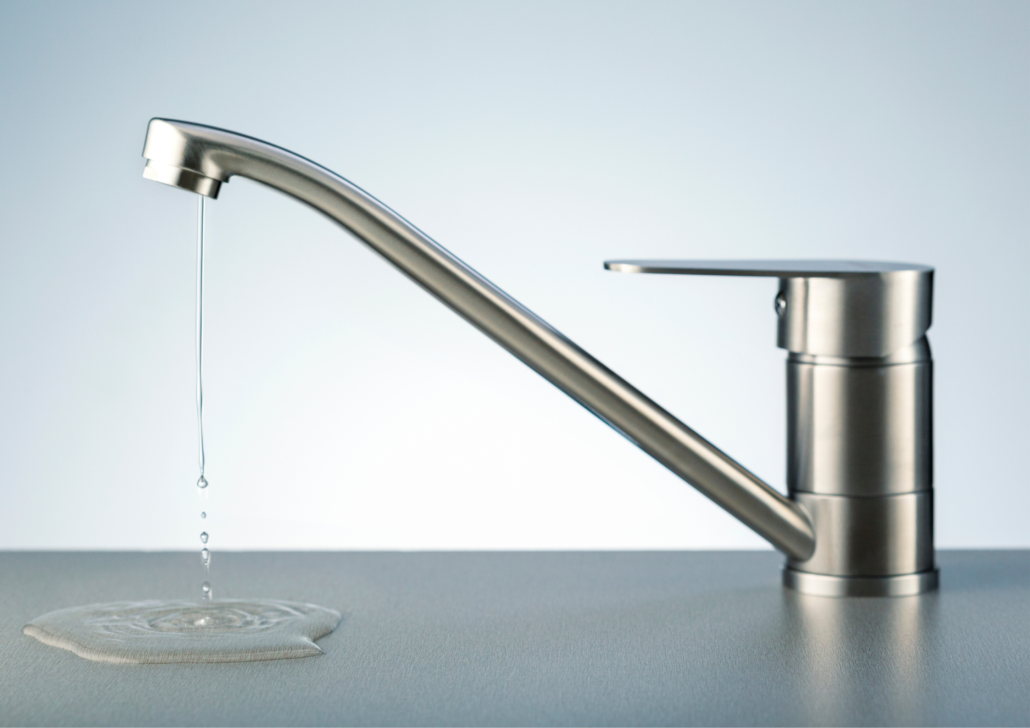
How to Effectively Deal with Clogged Drains in Your Home?
Clogged drains are a common plumbing issue that can disrupt your daily routines. They can occur in sinks, showers, bathtubs, and toilets.
Common Causes:
Foreign material build up: Hair and soap scum build up in bathroom drains.
Food particles, grease, and foreign objects in kitchen sink drains.
Invasive plants: Tree roots infiltrating sewer pipes and accumulated debris in outdoor drains.
Prevention and Solutions:
Use drain screens: Install drain screens to catch hair and debris in bathroom drains.
Dispose of kitchen waste properly: Avoid pouring grease down the sink and use a strainer to prevent food particles from entering the drain.
Regular maintenance: Schedule professional drain cleaning to prevent severe clogs.
Tree root prevention: Plant trees away from sewer lines and consider periodic root removal.
What Causes Low Water Pressure?
Low water pressure can be frustrating, especially when you need a strong stream of water for tasks like showering or washing dishes.
Common Causes:
Sediment buildup: Sediment can accumulate in pipes and restrict water flow.
Leaks or damaged pipes: Cracks or leaks in your plumbing system can lead to reduced pressure.
Faulty pressure regulator: A malfunctioning pressure regulator can cause pressure issues.
Municipal water supply problems: Sometimes, the issue is beyond your control and may be due to municipal water supply problems.
Prevention and Solutions:
Regular maintenance: Periodically flush your water heater and check for leaks.
Professional inspection: Have a plumber inspect your pipes for any damage.
Pressure regulator check: Ensure your pressure regulator is functioning correctly.
Contact your water provider: If the issue is related to the municipal supply, contact your water provider for assistance.
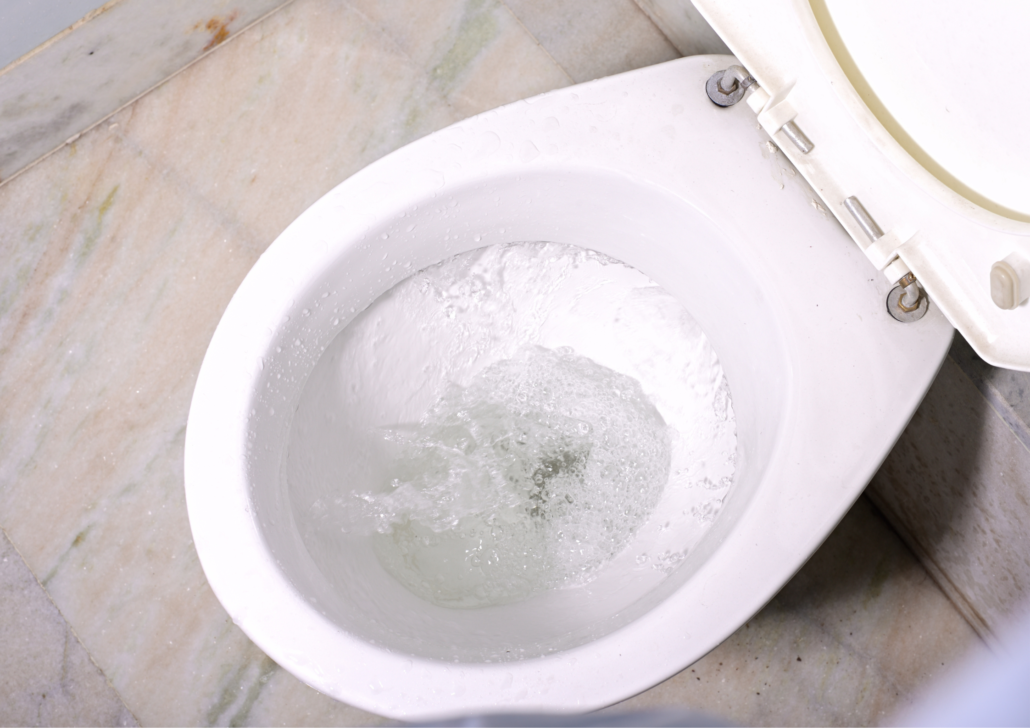
What Are the Signs of a Running Toilet?
A running toilet is not only a waste of water but can also indicate a more significant problem in your plumbing system.
Common Signs:
Continuous hissing or running water sound in the toilet tank.
Frequent tank refilling, even when the toilet is not in use.
Water leaking into the toilet bowl from the tank.
Causes and Solutions:
Faulty flapper or flush valve: A worn or improperly sealed flapper or flush valve can cause water to continuously leak from the tank to the bowl.
Float problems: An incorrectly adjusted float may not shut off the fill valve, leading to continuous running.
Corroded or damaged parts: Over time, parts in the toilet tank can corrode or become damaged, resulting in leaks.
Prevention and Solutions:
Replace worn parts: Regularly inspect and replace flappers, flush valves, and other components as needed.
Adjust the float: Ensure the float is correctly adjusted to shut off the fill valve when the tank is full.
Professional assessment: If you’re unsure about the cause, seek professional help to diagnose and fix the issue.
How Do You Handle Burst Pipes?
Burst pipes can lead to significant water damage if not addressed promptly. They can occur due to various factors, including:
Freezing temperatures: In colder regions of Australia, freezing temperatures can cause pipes to burst.
Age and deterioration: Old, corroded pipes are more prone to bursting.
Water pressure issues: Sudden spikes in water pressure can stress pipes, causing them to burst.
Prevention and Solutions:
Insulation: In cold regions, insulate pipes to protect them from freezing.
Regular maintenance: Replace aging pipes before they deteriorate to the point of bursting.
Pressure regulation: Install pressure-reducing valves to prevent pressure-related pipe damage.
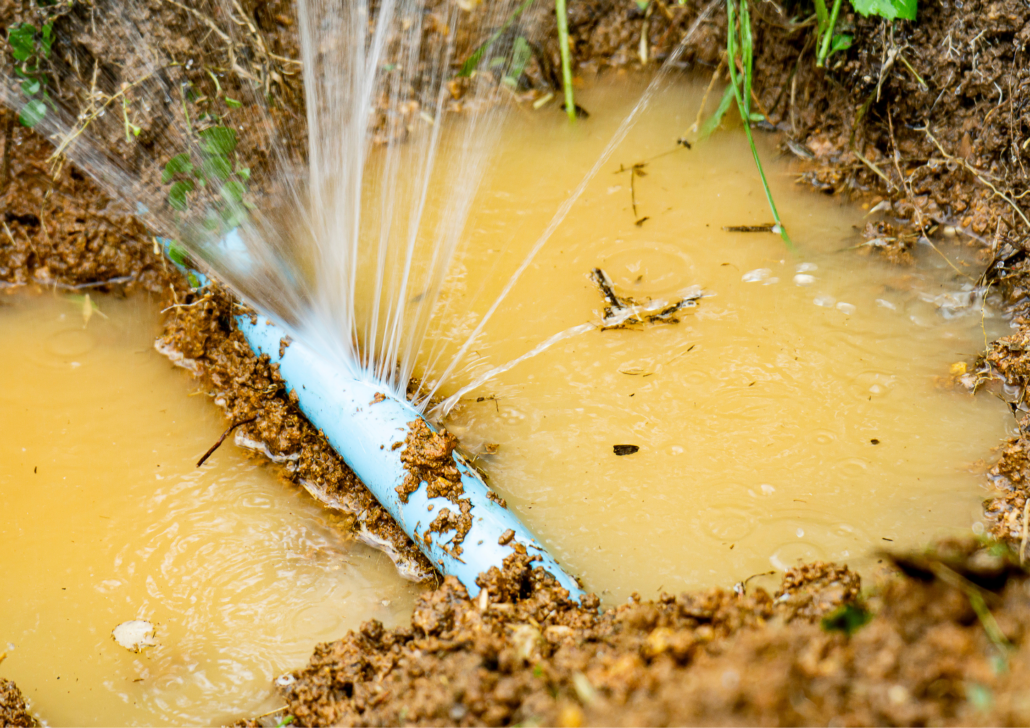
How to Stop Water Hammer?
Water hammer is a loud banging noise in your plumbing system, often occurring when you turn off a tap or appliance quickly. It can cause damage to pipes and fixtures.
Common causes:
Rapid valve closure: When a valve closes suddenly, water is forced to stop abruptly, creating a shockwave in the pipes.
Loose pipes: Loose pipes can rattle and amplify the water hammer effect.
High water pressure: Elevated water pressure can intensify water hammer issues.
Prevention and Solutions:
Water hammer arrestors: Install water hammer arrestors to absorb the shockwaves.
Secure pipes: Properly secure pipes to prevent them from vibrating.
Pressure regulation: Ensure water pressure is within recommended limits to reduce water hammer effects.
What to Do About Sewer Line Issues:
Sewer line problems can be particularly troublesome as they can lead to foul odours, slow drains, and potential health hazards.
Common Causes:
Tree roots: Tree roots can infiltrate sewer pipes, causing blockages and damage.
Clogs: Accumulated debris, grease, and foreign objects can block sewer lines.
Age and deterioration: Old sewer pipes may deteriorate, leading to cracks and leaks.
Prevention and Solutions:
Regular maintenance: Schedule sewer line inspections and cleaning as part of your home maintenance routine.
Tree root prevention: Plant trees away from sewer lines and use root barriers if necessary.
Professional assistance: If you suspect a sewer line issue, contact a professional plumber for diagnosis and repair.
Plumbing issues are an inevitable part of homeownership, but understanding their causes, prevention, and solutions can help you manage them effectively. From leaky Taps and clogged drains to low water pressure and sewer line problems, knowing what to look for and how to address these common plumbing issues can save you time, money, and the hassle of dealing with unexpected disruptions in your home.
Remember that while some minor plumbing issues can be tackled as DIY projects, others may require the expertise of a professional plumber. In either case, timely attention to plumbing problems can help maintain the integrity of your plumbing system and ensure the smooth operation of your household.
This is an original article by Parklands Plumbing Brisbane Northside

